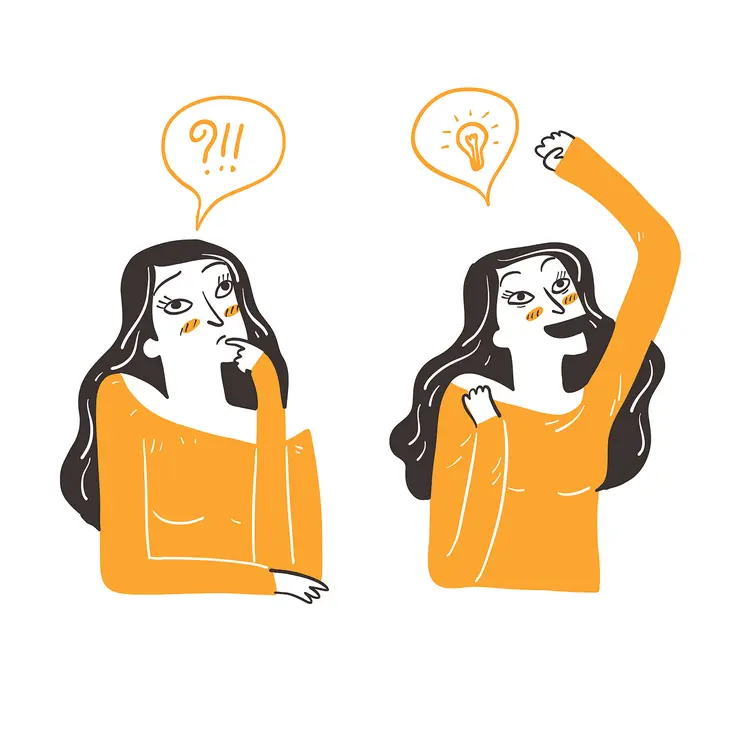
Leveraging Design Thinking for Creative Problem Solving
- Admin
In today's rapidly changing world, organizations are constantly faced with complex challenges that require innovative solutions. Design thinking has emerged as a powerful framework for addressing these challenges by placing human needs and experiences at the center of problem-solving. In this article, we'll explore the principles of design thinking and how it can be leveraged to foster creativity and drive meaningful change.
Understanding Design Thinking:
Design thinking is a human-centered approach to problem-solving that prioritizes empathy, creativity, and collaboration. Rooted in the belief that solutions should be developed with a deep understanding of user needs and behaviors, design thinking encourages iterative experimentation, prototyping, and feedback to arrive at innovative solutions. The design thinking process typically consists of five key stages:
Empathize: Gain a deep understanding of the needs, challenges, and aspirations of the people affected by the problem.
Define: Clearly articulate the problem statement based on insights gathered during the empathize stage.
Ideate: Generate a wide range of creative ideas and potential solutions through brainstorming and collaboration.
Prototype: Create tangible representations of potential solutions to test and iterate upon.
Test: Gather feedback from users through testing and observation to refine and improve prototypes.
Benefits of Design Thinking:
Human-Centered Solutions: By prioritizing empathy and understanding user needs, design thinking ensures that solutions are tailored to address real-world problems and deliver meaningful value to users.
Creativity and Innovation: Design thinking fosters a culture of creativity and innovation by encouraging individuals to explore unconventional ideas, take risks, and challenge assumptions.
Collaboration: Design thinking emphasizes collaboration and interdisciplinary teamwork, bringing together individuals with diverse perspectives and expertise to co-create solutions.
Iterative Improvement: The iterative nature of the design thinking process allows for continuous improvement and refinement of solutions based on user feedback and testing.
Empowerment: Design thinking empowers individuals to take ownership of the problem-solving process, fostering a sense of ownership, autonomy, and agency.
Applying Design Thinking in Practice:
Start with Empathy: Begin by gaining a deep understanding of the needs, motivations, and pain points of the people affected by the problem through interviews, observations, and user research.
Embrace Ambiguity: Design thinking thrives in situations of uncertainty and ambiguity. Embrace ambiguity as an opportunity for exploration and experimentation.
Encourage Divergent Thinking: Encourage participants to generate a wide range of ideas and solutions without judgment or criticism during the ideation stage.
Prototype Early and Often: Create low-fidelity prototypes early in the process to quickly test and validate ideas with users, iterating based on feedback.
Iterate and Refine: Design thinking is an iterative process. Continuously gather feedback, iterate on prototypes, and refine solutions based on user insights until an optimal solution is reached.
Conclusion:
Design thinking offers a powerful framework for tackling complex problems and driving innovation by placing human needs and experiences at the forefront of the problem-solving process. By embracing empathy, creativity, and collaboration, organizations can leverage design thinking to develop solutions that not only address current challenges but also anticipate future needs and opportunities. So, embrace design thinking as a mindset and approach to problem-solving, and watch as creativity flourishes, and meaningful change takes root.
